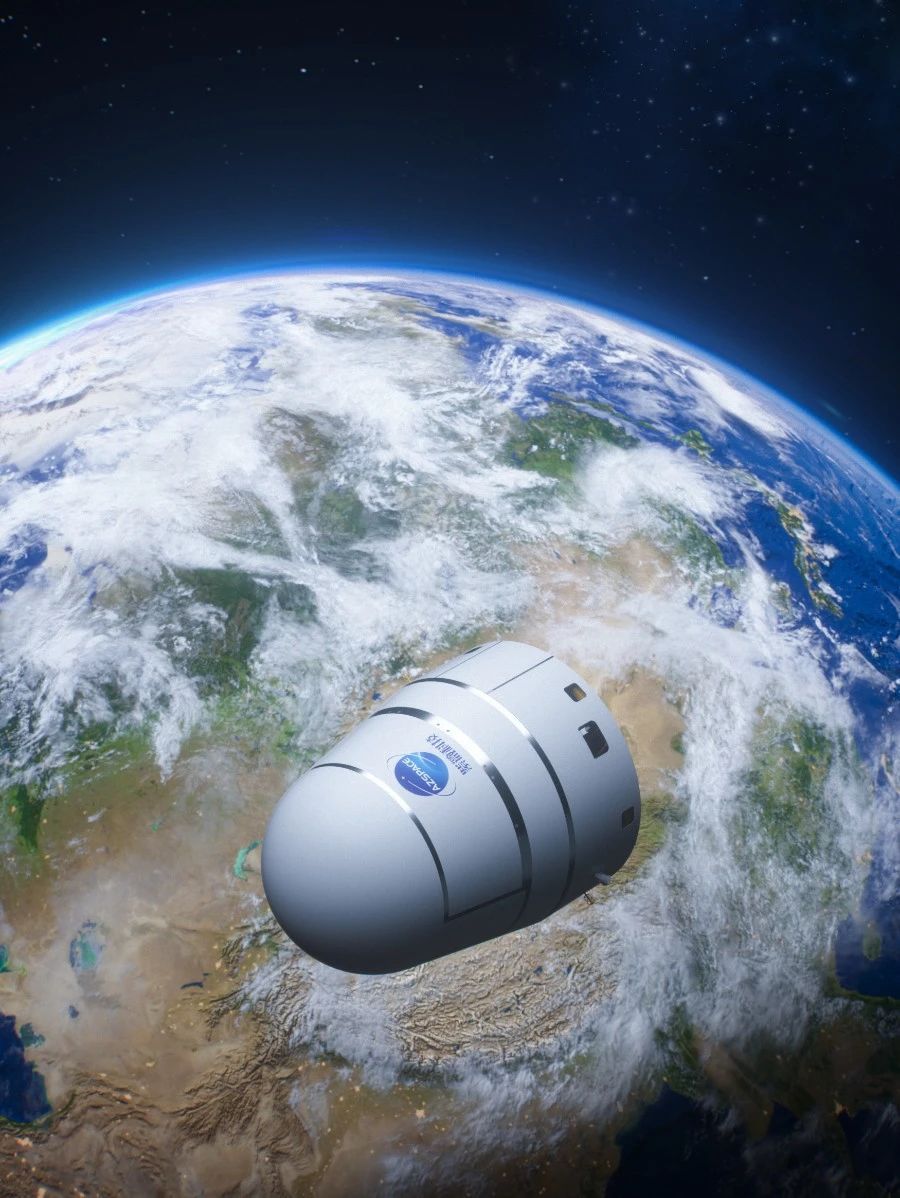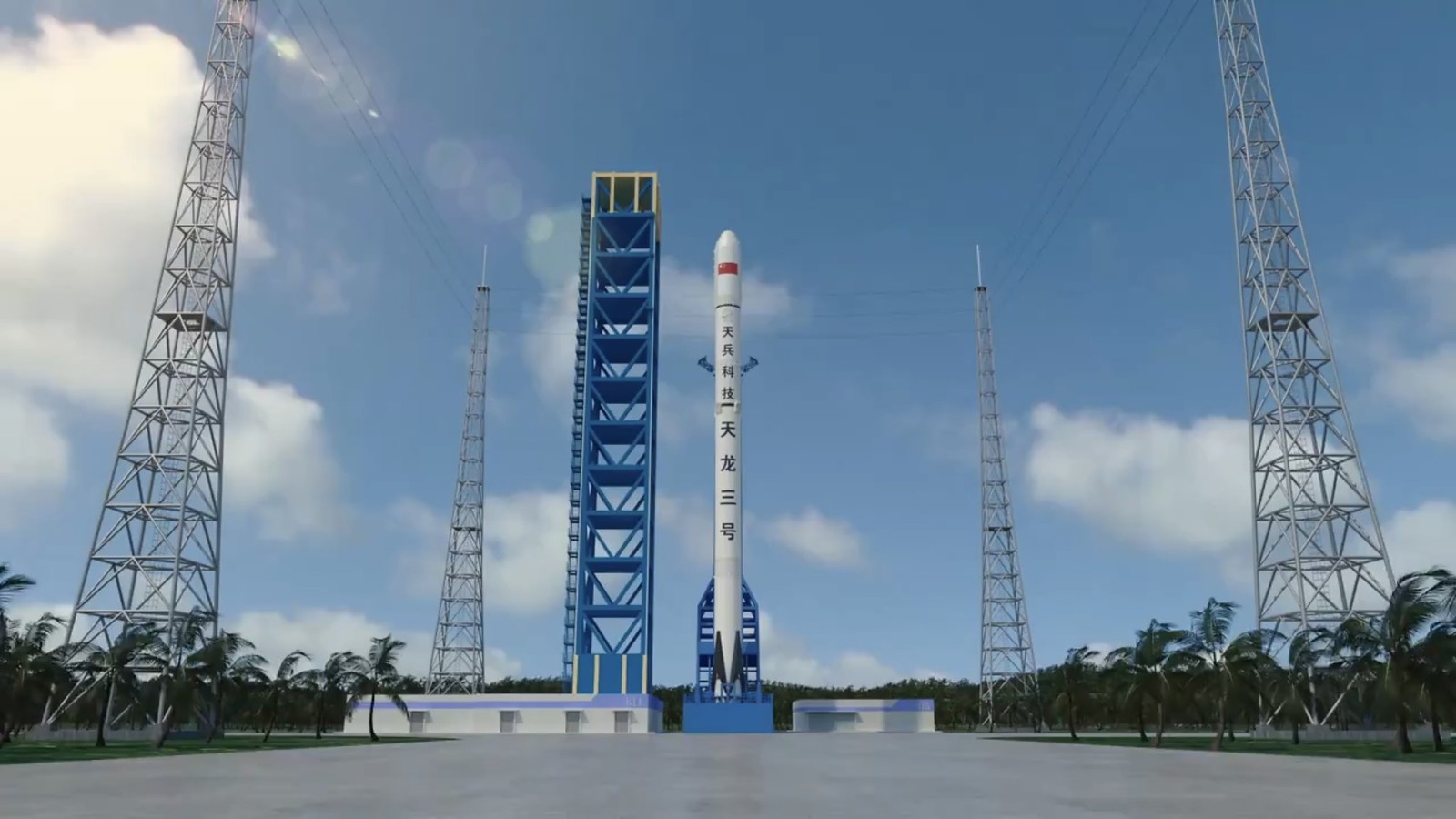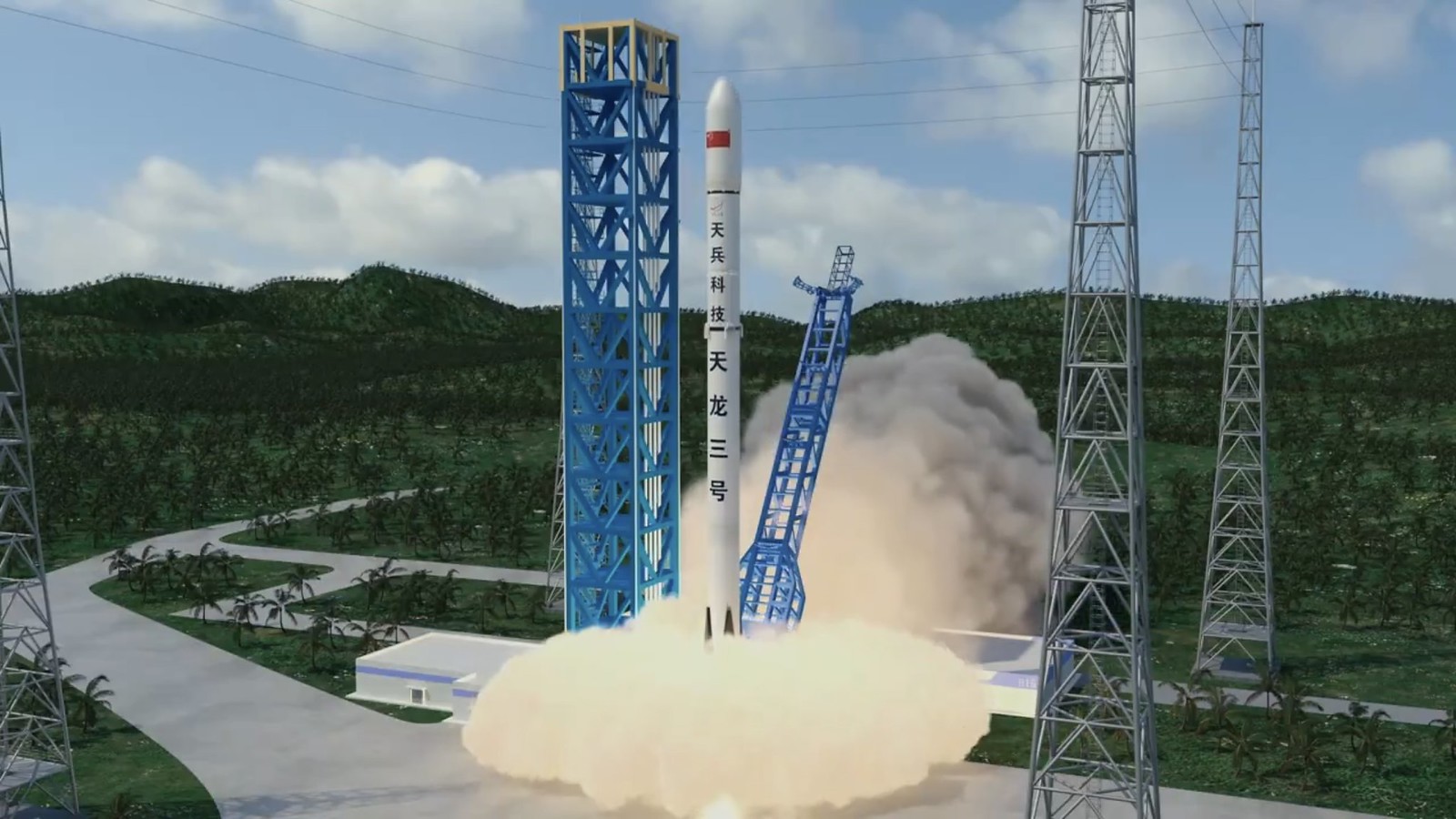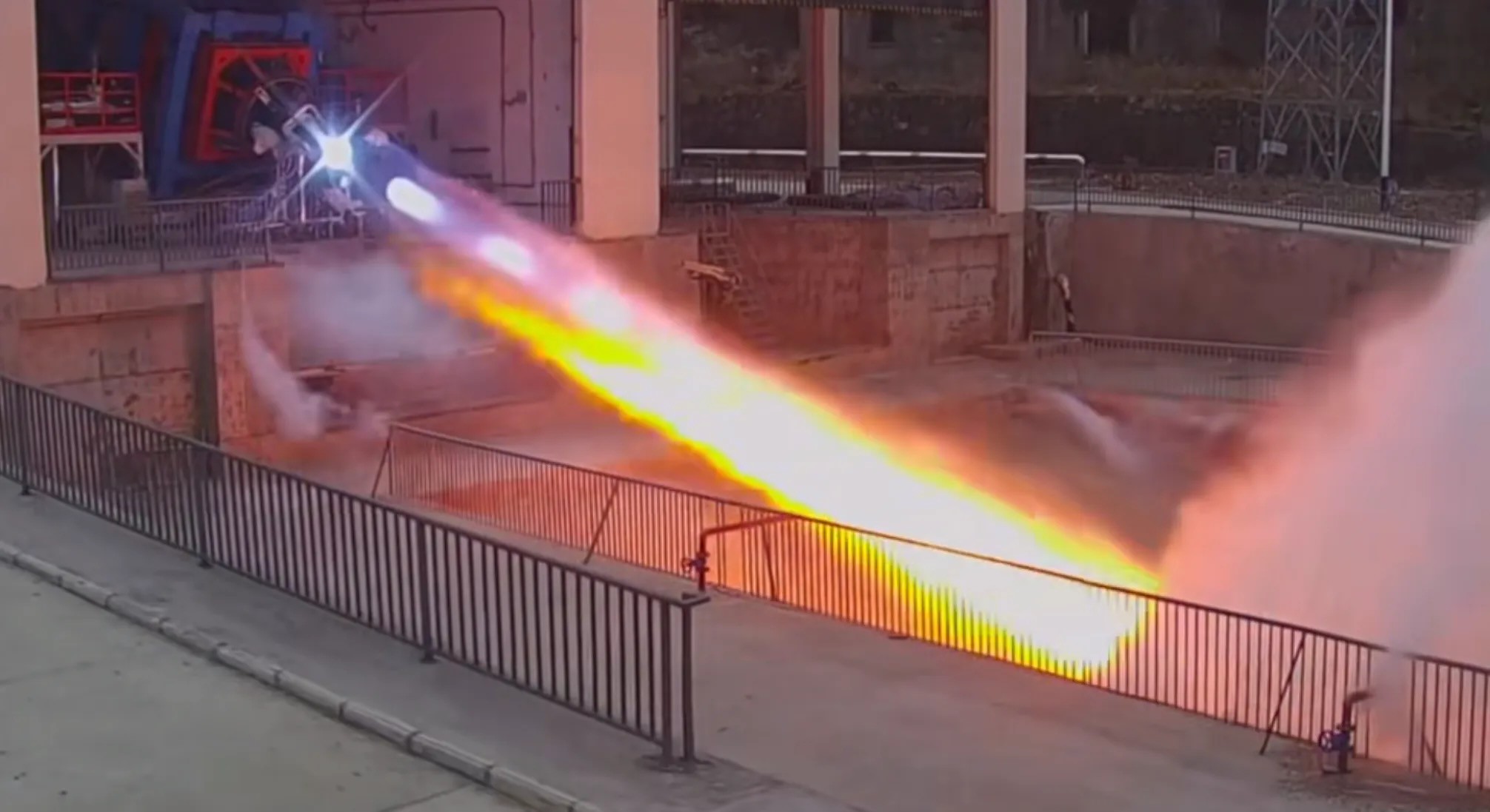supercat
Colonel
Proposed nuclear power plant on the moon by 2035:
Russia says it is considering putting a nuclear power plant on the moon with China
Russia says it is considering putting a nuclear power plant on the moon with China
The hydrogen-oxygen propulsion system for VTVL faces a density-specific impulse challenge, particularly when it comes to launching from Earth's gravitational field. The likelihood of achieving practical orbital insertion with this system is almost nonexistent, which explains why Blue Origin's New Shepard is limited to suborbital trips rather than competing with the Falcon 9 in full orbital missions. Although Blue Origin's BE-3 engine and SpaceX's Merlin-1 engine are contemporaries with comparable thrust levels (before the introduction of the Merlin 1D), and the BE-3 is technically more advanced, hydrogen-oxygen engines are unfortunately not well-suited for the initial lift-off stage. Chinese literature from around 2015/2016 specifically addressed this, emphasizing that the first stage of reusable rockets should rely on hydrocarbon-based propulsion for better performance.Actually there is no need to use hydrocarbon engines in a VTVL rocket. For example McDonnell Douglas proposed the DC-Y VTVL vehicle which used LOX/Hydrogen propulsion. What you do need is a liquid engine which can be throttled down deep enough and with enough thrust to weight ratio.
Hydrogen-oxygen propulsion for rocket booster stages faces the issue of density-specific impulse, which is a fundamental concept that space enthusiasts should be aware of. The Delta IV Heavy launch vehicle adopts a CBC configuration, and without this configuration, additional boosters are necessary. Essentially, a CBC configuration rocket is just a rocket with two additional liquid boosters. The core issue is that without the use of strap-on technology, it is challenging for hydrogen-oxygen powered rockets to serve as booster stages for escaping Earth's gravity well without the aid of boosters.LOX/Hydrogen isn't as bad as you think. The mixture ratio of a LOX/Hydrogen engine uses way more oxidizer in the mix than a LOX/Kerosene engine. And LOX has a density of roughly 1.0 kg/L i.e. it's more dense than Kerosene. The problem is you will still have more fuel tank weight and volume, the hydrogen is less dense so you will need thicker piping for the fuel, which means the trust-to-weight of the whole rocket will be worse. Finally, and this is the worst aspect, Hydrogen is liquid at 20 K, versus 90 K for Liquid Oxygen (LOX). The further you want to go into the deep cryogenic arena the more difficult it is to keep the propellant stored at the proper temperature. Propellant handling is also more difficult.
Just looking at the Delta IV Heavy rocket would make it pretty obvious to anyone that it is easily possible to make a two stage to orbit LOX/Hydrogen vehicle if you wanted to. In fact the Japanese H3-30S is basically that. A two stage to orbit LOX/Hydrogen launcher.
Another private space company. AZSpace, also known as Ziwei Technology (紫微科技), is based in Wuxi and develops commercial cargo spacecrafts. Its B300 commercial cargo ship is scheduled for launch in June, 2023. I'm not sure what rocket will launch it.


An update on the AZSpace/Ziwei's Dier-1 technology demonstrator cargo craft. Dier-1 has been operating smoothly since launch and has met all performance expectations. The valuable data collected from this mission will pave the way for the upcoming B300 unmanned cargo spacecraft.



According to the deputy general manager of Tianbing's production base, the Tianlong-3 launch vehicle will begin final assembly at the end of February to early March, and the final assembly and associated testing are scheduled to be completed around April or May. The rocket's maiden flight will take place in June or July.




Some updates from ExPace, a subsidiary of CASIC. Its LOX/Methane Mingfeng-1 engine has passed all ground tests and engineering assessments, and preparations are underway for its first test flight. The Mingfeng-2 engine is also making good progress. A prototype has been assembled and will soon be ready for its first full test run.
The image below shows a Mingfeng-1 engine during a test firing.


(Continued from above...)
More slides from LandSpace:
– Three launches of an improved Zhuque-2 variant are planned for second half of 2024.





